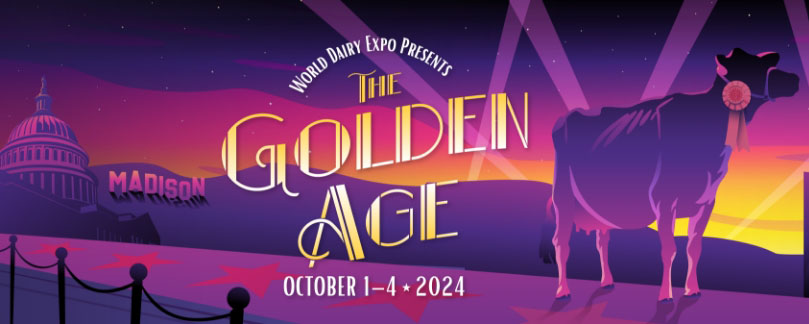World Dairy Expo 2024 Seminar: Managing Udder issues with OZOLEA-MAST

 “Managing udder issues with OZOLEA-MAST in lactation and for drying off: field data from a US dairy system”
“Managing udder issues with OZOLEA-MAST in lactation and for drying off: field data from a US dairy system”
Seminar, WDE 2024, Oct. 2nd, 11.30 AM
Since 2022, Professor Bradley J. Heins (University of Minnesota), Extension Specialist in Dairy Management, has been trialing OZOLE-AMAST in the Uni dairy herd in Morris (MN). This non-withhold animal device for intra-mammary use has proved to be effective for lowering high SCC in chronical cows, and for allowing steady SCC levels in the first months after calving when used at dry-off.
During their seminar, OZOLEA will introduce the product, and then will give the floor to Professor Heins, presenting results of his independent research on the product, with new insights on the most recent work at dry-off. Dairy farmers who are already using the product on their farms will speak about their experience with OZOLEA-MAST.
Find in the picture all the information on the event. Enjoy the meeting!
You can also find OZOLEA in the Exhibition Hall, Booth EH 2404






